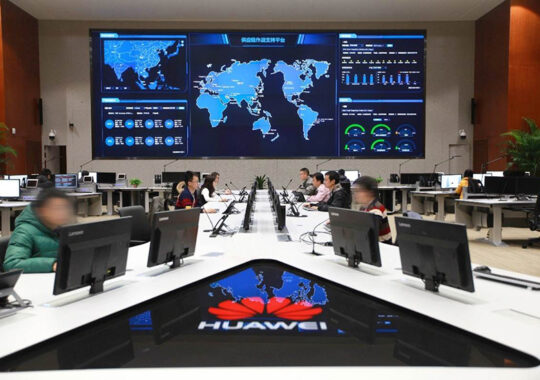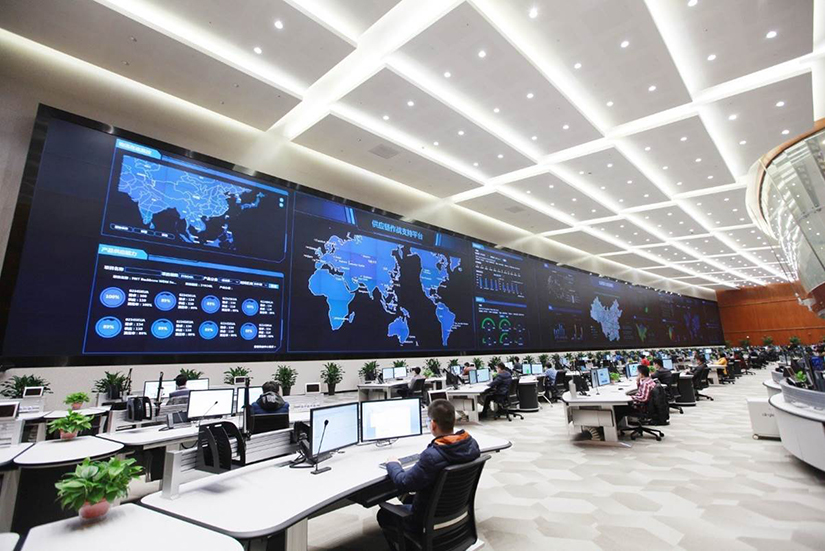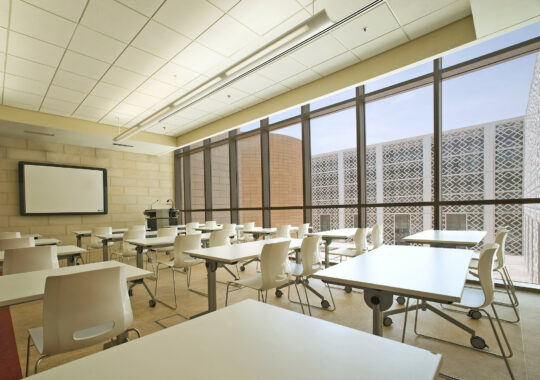An intelligent building thinks for itself. It does things for you before you ask, anticipating your needs and helping you do what you need to do. It adapts to multiple parameters, is aware of their context and affects systems holistically to suit these inputs.
Buildings are dumb. They have lots of clever systems within them, but these systems aren’t joined up and rarely work together. Buildings do silly things like leave lights on when no one is around or heat a building in the middle of summer because no one has told them not to.
Great strides have been made in the last twenty years to introduce some control. This control has been useful for individual systems but does not treat the systems in a building holistically.
Why are buildings important? What is a building for?
Buildings are important to us all. They house us, store our food and can even help us travel from A to B. We work in them, use them for leisure activities and spend most of our lives in them. There are countless functions for buildings, and each type of building can become more intelligent and effective.
For this article we will concentrate on commercial office space.
Many people spend more time in their office than they do at home–or at least it can feel that way! We complete tasks at the office and receive packages and visitors there.
We get things done in buildings, and buildings help us to get those things done. They can inspire us, make us more productive or negatively affect us if the environment is poor.
What systems do we put in buildings?
When we use a building, we make demands of it:
• Be warm if it is cold outside or cool if it is hot
• Provide adequate lighting to complete tasks and move safely around the building
• Have sufficient power available for the devices we would like to use
• Have acceptable network connectivity so we can access the internet and corporate systems
• Transport us to where we are going quickly and without having to exert too much energy
• Provide comfortable surroundings to work in
• Provide a secure environment in the building and while traveling to and from in
Building services systems provide the solutions to each of these demands. We can assign these systems four different purposes: comfort, convenience, security, and productivity. (Read on for more on these purposes below.)
A system can have multiple purposes within a building. For instance, a piece of equipment may help with both security and productivity.

Why are buildings not very clever at the moment?
With so many systems sharing the same purposes, one would think that each system would make use of the information that the other systems have. Unfortunately, that is just not the case. Systems are often designed, procured and installed by separate disciplines, predominantly along the following lines:
• Mechanical for environmental comfort and control
• Electrical for power, lighting and life safety
• Security for security systems
• Public Health for water and sanitation
• Information Technology for computers, phones and Wi-Fi
• Audiovisual for conferencing, room booking and displays
• Vertical transportation for elevators and escalators
Keeping systems in their own disciplines has unfortunately led to separate approaches to their design and an unwillingness to coordinate any interaction among them.
Due to this historically separate approach, systems are installed and programmed independently of each other; they are not connected to each other and do not concern themselves with each other. Unless explicitly told to, few of these systems think about external influences.
Many systems have developed some ‘intelligence’ for themselves, including occupancy detection for lights, optimized start for HVAC and hall call destination for elevators. However, few systems share the information they know, nor do we ask them to do so.
For example:
The lights on one floor of an office building may have occupancy detectors, so that if no presence is detected, the controlled zone will turn off. This may seem like an energy-saving technique, but it doesn’t always work properly. There’s nothing quite as eerie as sitting at your desk after hours and the lights above the desk next to you go off.
Why can’t the access control system input into that decision? Maybe it knows that someone is on the floor, even if they are out of the occupancy detectors’ range. Similarly, the IT system may know that someone is working at their computer, or the HVAC system may be measuring CO2 and could determine if someone is on the floor.
If systems such as these would communicate together, buildings would be more intelligent.
Why would it be better if buildings were smarter?
If buildings were smarter there would be tangible benefits, specifically increased rental income, lower maintenance costs and lower labor costs.
The following are examples of what can happen when systems work together toward the four purposes mentioned above, comfort, convenience, security, and productivity.
Comfort: A comfortable environment is attractive to tenants. It would be more comfortable if the color temperature of the indoor lights matched the outdoors and if the color temperature of computer screens matched both the lights and the outdoors.
Convenience: It would be much more convenient if a building’s environmental controls could alert the space allocation system that a meeting room was unavailable due to a fault of some kind. The space allocation system could then automatically alter meeting room bookings to accommodate the change.
Security: A building would be much more secure if it had an invacuation or shelter-in-place command, which was triggered automatically on detection of an active shooter. The system could alert emergency services; communicate to staff the reason for the shelter-in-place command; prevent all access controlled doors from being opened, even with legitimate credentials; track the shooter based on noise, use of cameras, occupancy detectors and access control; and communicate to the building’s staff and law enforcement the likely position of the shooter.
Productivity: If systems diagnosed problems themselves and reported a fault directly to maintenance staff, the staff would be much more productive. When equipment needs to be maintained or parts replaced, a task could be created in the maintenance staff’s task manager or the stock could be automatically ordered.
How could buildings be more clever?
What can we do to make buildings more intelligent? A building can be smarter if we allow its systems to communicate with each other and if we define parameters to allow the building to make informed decisions.
Put simply, the systems in the building should share their data with each other.
Open protocols: Unfortunately, because systems have historically been developed by different sectors and disciplines, many systems talk in different computer languages. These computer languages are called protocols and are a way of codifying how equipment communicates with each other. There are proprietary languages that have been developed by corporations and are for their use only, and there are openly published protocols that anyone can use, known as open protocols.
Data normalization: Just as people speak different languages, sometimes systems speak entirely different open protocol languages. To enable data sharing, all systems need to speak the same language, be multilingual or rely on a translator.
Where there is lots of data in different languages, it should be translated into a common language. We call this data normalization and it can be performed by a central integration platform.
Sharing of data: Data needs to be shared between systems. This sharing of information is how they “talk” to one another. If we wanted the lights to flash to indicate that the sound masking system in a room had been turned on and was operational, we need the devices to talk to each other to share their location and confirm that they are working.
Informed decision making: Systems need to have parameters set so that a central integration platform can make informed decisions about an event in the building, based on the event’s context, especially where these scenarios have not been pre-programmed into the system.
For example, when a video camera detects that a trash can is overflowing, the central integration platform will follow a pre-programmed scenario and automatically deploy the cleaning crew to empty that trash can sooner than scheduled.
Sometimes the central integration platform may not have a pre-programmed scenario to follow, but set system parameters would allow it to make informed decisions. For example, when a video camera detects a pool of water on the floor and a parameter exists that water should not be expected in that area, the central integration platform can make an informed decision that this is a problem and deploy maintenance staff to investigate. It can also decide to shut off any system that it thinks may be contributing to the pooling of water.
Intelligent Building: Conclusion
An intelligent building is a building whose systems:
-
- • Use open protocols
-
- • Share normalized data among themselves
- • Make informed decisions to improve the comfort, convenience, security and productivity of the building’s users
This article is the first in a series about designing intelligent buildings.









